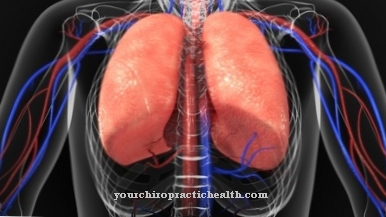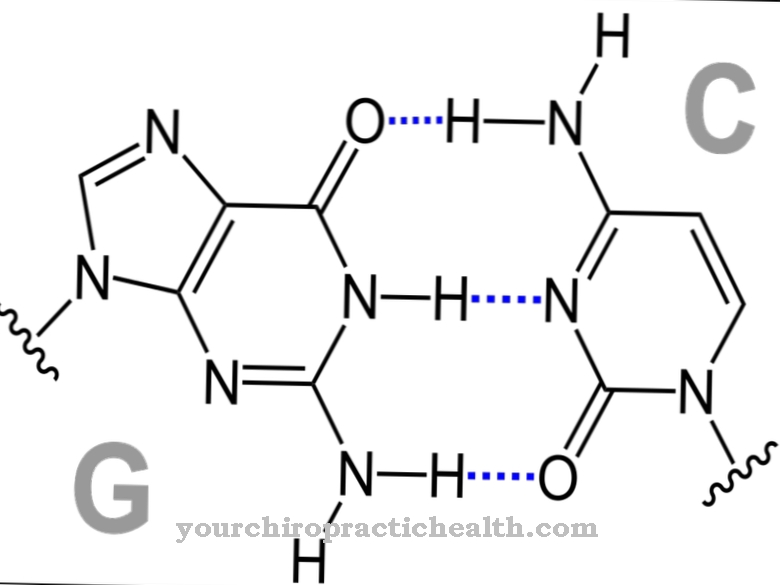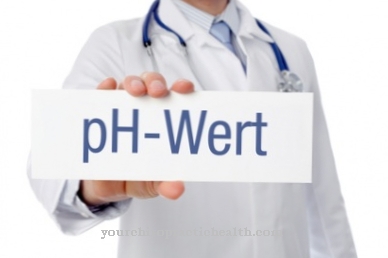As Heart rate is the number of heartbeat cycles per minute, whereby a heartbeat cycle, also called heart action, comprises the beat phases systole and diastole. Systole is the contraction of the heart chambers including the blood ejection phase and diastole is the resting phase of the chambers with simultaneous contraction of the atria and filling of the chambers. The change in the heart rate is one of several adjusting mechanisms with which the body can adapt the heart's capacity to the current demand at short notice.
What is the heart rate?

Heart rate is the number of heartbeats per minute. A heartbeat comprises a complete beat cycle, which essentially consists of the phases systole and diastole. During the approximately 300 millisecond systole, the chambers contract and press the blood into the aorta (left chamber) and the pulmonary artery (right chamber). During this phase, the relaxed atria will again fill with blood.
In the following phase, called diastole, the relaxation phase of the chambers (ventricles), the atria contract. They give their blood to the chambers through the opened sail flaps.
The heart rate can be measured as a pulse using simple means. Its frequency can be felt at various points on the body where arteries run close to the surface and determined using a stopwatch or second hand.
Varying the heart rate represents one of several possibilities for the body to adjust the heart's pumping capacity to demand at short notice. The resting heart rate in a healthy adult is around 60 to 80 beats per minute. With extraordinary physical exertion, it can rise to its individual maximum frequency, which depends on age and fitness and can be over 200 beats per minute.
Function & task
The ongoing demand of the body tissue for energy and oxygen, especially the skeletal muscles and the brain, is heavily dependent on the required performance. During high-performance sport, the energy requirements and oxygen thirst of the affected muscle parts increase sharply. The first immediate action the body can take is to increase the heart rate. This significantly increases the blood flow per unit of time. The achievable individual maximum heart rate depends mainly on physical fitness and age.
As a rough guide for the maximum heart rate, the formula 220 minus age applies. This means that a healthy 40-year-old man with average fitness has a maximum heart rate of around 220 - 40 = 180 beats per minute. Women of the same age achieve a maximum heart rate that is around 6 beats per minute higher. The individual maximum frequency of the heart is about three times the value of the resting heart rate.
The heart rate can be used specifically in order to achieve certain training goals during fitness or running training. The best range for building cardiovascular fitness is only 65-75% of the maximum frequency. The fat metabolism is activated in this frequency band, which means that more fat reserves are "burned" to generate energy for the muscles and the carbohydrate reserves are rather conserved. The body is optimally stimulated to strengthen the cardiovascular system.
Checking the heart rate during exercise can e.g. B. can be done using inexpensive heart rate monitors that react acoustically when the pulse exceeds the previously set maximum value.
In the frequency range above 85%, the anaerobic phase begins, the heart can no longer supply the muscles with enough oxygen, so that they have to fall back on an additional alternative supply for a short time. The area above 85% of the maximum frequency should be reserved for experienced competitive athletes for targeted competition preparation.
Basically, it can be observed that the heart rate decreases with increasing training success, i.e. with increasing fitness with the same performance.
Illnesses & ailments
An abnormal heart rate can have many causes. A pulse that is too fast or too slow as well as arrhythmias, in which the normal interaction between atria and ventricles is disturbed, can be assigned to different causal complexes.
In many cases, there is a disturbance in the stimulus generation in the so-called sinus node in the right atrium or a disturbance in the transmission of stimuli to the atrioventricular node (AV node), which quasi collects the electrical impulses from the atria and transmits them to the muscle cells of the chambers (ventricles), but also failure of the sinus node, can generate its own, slower "reserve stroke stimulus".
The so-called atrial fibrillation, which is expressed in a high heart rate of usually over 140 beats per minute and is often associated with a loss of performance, is relatively common, as the blood volume conveyed can be reduced despite a high heart rate.
While atrial fibrillation is not immediately life-threatening, other arrhythmias such as ventricular fibrillation and ventricular flutter are acutely life-threatening and require immediate emergency measures. Ventricular fibrillation is characterized by contraction frequencies of over 300 beats per minute, while the delivery volume drops to almost zero and can quickly express itself in cardiovascular collapse.
Such arrhythmias can e.g. B. by acquired heart diseases such as heart valve defects (valve insufficiency), heart attack, cardiac muscle and pericardial inflammation or even after surgical interventions on the heart.
Other causes can lie outside the heart, such as hyperthyroidism, disorders of the electrolyte balance (potassium, magnesium), side effects of certain medications, psycho-vegetative disorders (stress, anxiety) or even poisoning with neurotoxins.
The heart rate or rhythm disturbances can also be caused by congenital anomalies. Congenital anomalies include excess (accessory) conduction pathways and some possible heart and heart valve defects. So-called cardiomyopathy, which is associated with a functional impairment of the heart muscles (electrical or mechanical), can be congenital and lead to heart problems with arrhythmias.



























